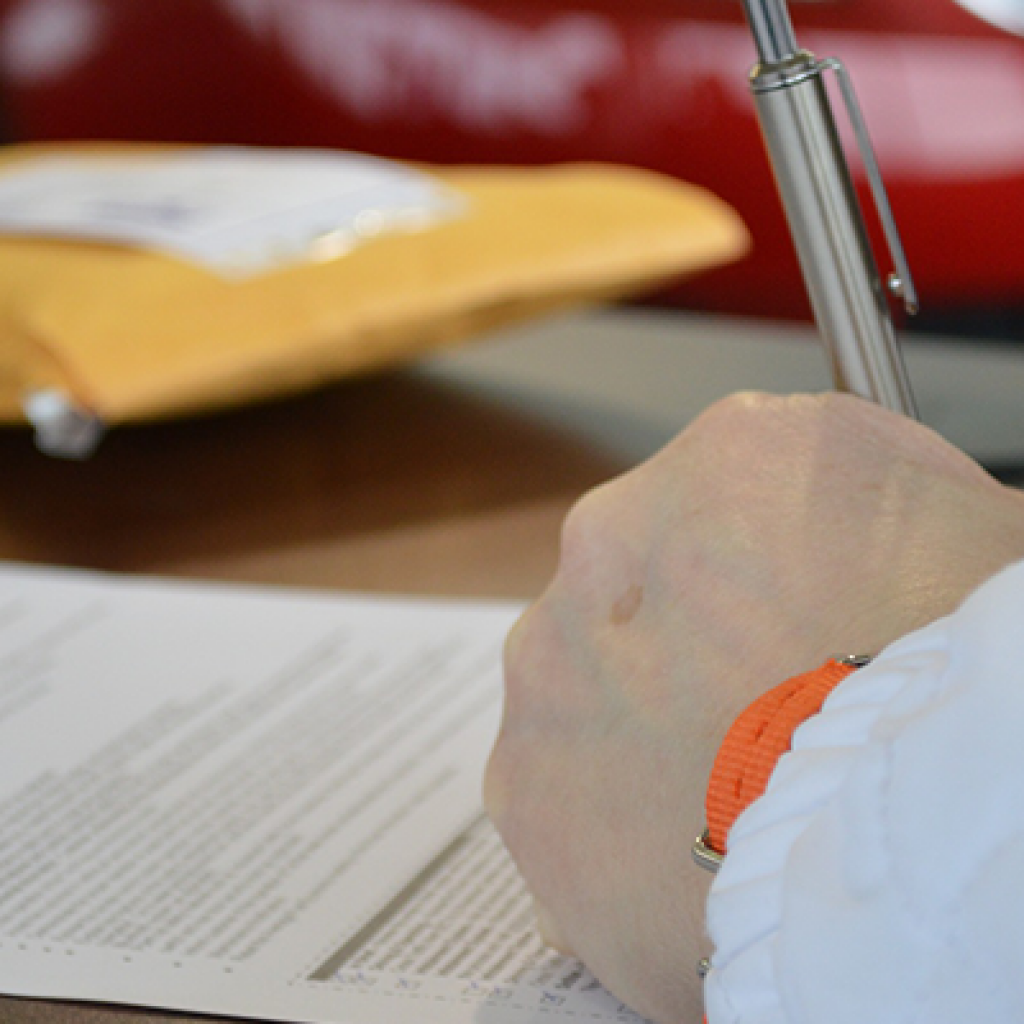Have the recent storms kept you up at night; rattling the window frames asyourpets courageously yelp and bravely destroy the wallpaper of your home amidst the billion-volt cackling waves of energy, tumbling furiously from the sky?
Lightning is one of nature’s most impressive and dramatic displays of power. 17,000 lightning strikes in 24 hours earlier this week destroyed homes and started fires as they did in 2007, when raw electricity lifted the roof from a house and severely damaged four nearby properties.
On Monday morning this week, a short distance from our Brighton office, it was reported that an electricity sub-station supplying Hove station, having been struck by lightning, was the cause of severe rail disruptions. Travel chaos was worsened by severe flooding and fallen trees blocking roads across the south-east. This directly impacted us here at GroundSure as some staff struggled to get to work.
That’s the bad side. The good side is the tense excitement that causes offices full of grown men and women across cities to simultaneously make a childish ‘oooooh’ noise, not dissimilar to that of a classroom of adolescents when one is sent out for misbehaving.
Lightening is caused when warm air, underneath cold air, rapidly rises and cools, causing water droplets to condense and freeze into crystals. Water vapour then freezes on the surface of these crystals to form hailstones, which, as they circulate within the cloud and rub against the positively charged crystals, become negatively charged.
The heavier, negatively charged hailstones are suspended low in the cloud whilst the positively charged, lighter crystals stay higher up, separating the positive and negative charges. These separate charges grow ever stronger, until the negative charge grows strong enough to jump to surrounding clouds or objects on Earth. At this point the positive and negative charges combine to ‘discharge’ and bring the thunder. It’s the rapid temperature change of the air which causes the subsequent thunder claps and rumbles.
Lightning’s power has been ambitiously targeted as a potential energy source, with each strike containing as much energy as around 145 litres of petrol. However, thus far lightning’s sporadic occurrences and the far from minor issue of obtaining and storing such an instantaneous surge without ones equipment exploding or melting have caused such efforts to be described as ‘hopeless’. Nonetheless, according to Donald Gillispie of Alternate Energy Holdings Inc. (AEHI), “given enough time and money, you could probably scale this thing up… it’s not black magic; it’s truly math and science, and it could happen".
So how can you prepare for what’s on the horizon? Try using this lightning forecast map which uses to-the-minute data to predict lightning strikes. Additionally, during and after the storm, try tracking the lightning strikes from the last hour to see how close they were to you on this map
Too late? Look back at older storms using these lightning archives.
So next time storms are mentioned on the evening weather, check the thunder forecast and lightning maps. That way you’ll know whether to lock up your pets, set up the camera or unfold your new telescopic lightning-harvest antenna; yet another example of mapping ingenuity put to good use.



















